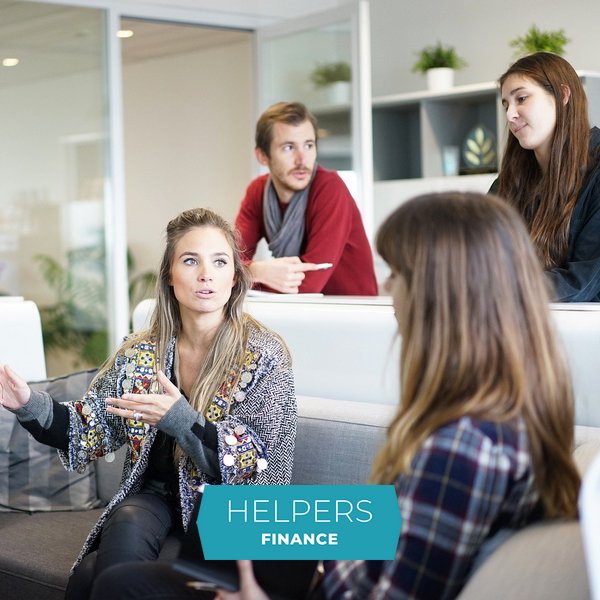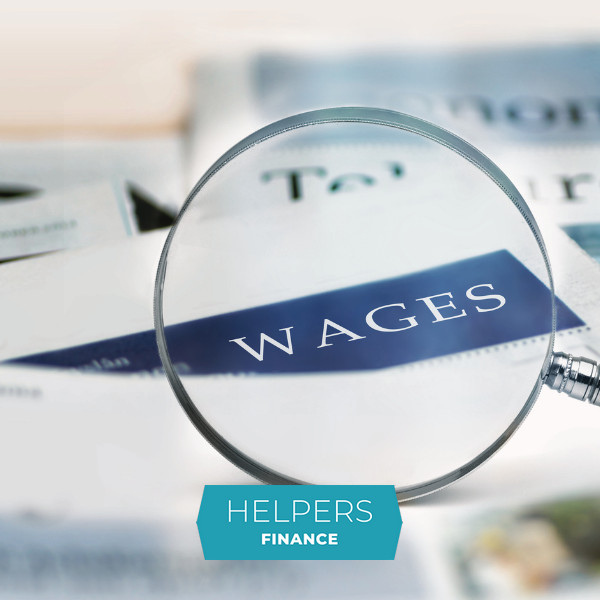
The OSS at work: VAT rates in the European Union
A few weeks ago we posted about the IOSS, the scheme designed to facilitate the administration related to the new VAT regulations taking effect in July. In line with these new regulations, the MOSS (Mini One Stop Shop) will be renamed to OSS (One Stop Shop) and extended to cover a wide range of goods.
A few weeks ago we posted about the IOSS, the scheme designed to facilitate the administration related to the new VAT regulations taking effect in July. In line with these new regulations, the MOSS (Mini One Stop Shop) will be renamed to OSS (One Stop Shop) and extended to cover a wide range of goods.
How does the OSS work?
The OSS includes the non-Union scheme, the Union scheme, and the import scheme (IOSS). This system allows taxable persons to declare and pay VAT in member states of the European Union where they are not established by submitting electronic VAT returns through the OSS. For example, if your Hungarian webshop sells books around the European Union, you do not need to file VAT returns in all member states where you make sales. Instead, you can sign up for the OSS in Hungary, and use a single portal to submit just one VAT return and make one payment for each period.
Why and how to use the OSS?
Using the OSS is optional, but it makes handling your tax returns considerably easier if you sell goods in many countries. However, there are two important details you should remember:
- Once you opt in, you will have to register all your EU sales in the OSS.
- You cannot file your domestic VAT returns using the OSS. You must continue doing that the old way, but we can help you with that.
Which VAT rate to apply?
Once you have signed up for the OSS, you do not need to submit VAT returns separately in every country where you make sales. However, you will have to consider which VAT rate is applicable in each country. Except for Denmark, all members states of the European Union apply at least two different VAT rates: a standard rate and one or more reduced rates. In Hungary, for example, the standard rate is 27% but certain goods are subject to the 18% or 5% reduced rates. What is more, mainland Portugal, the Azores and Madeira all have their own standard and reduced VAT rates, meaning that one of six different rates will apply to you in Portugal depending on what you are selling and where. As you can probably tell, declaring VAT can easily get very complicated if you are dealing with multiple goods in several countries.
Sticking with our previous example, in Hungary, books are subject to the 5% reduced VAT rate, but e-books are taxed at the 27% standard rate. In Bulgaria, however, both are subject to the 20% standard VAT rate. The below chart shows the taxation of books and e-books in a few more countries.
| Books | E-books | |
| Bulgaria | 20% (standard rate) | 20% (standard rate) |
| Finland | 10% (reduced rate) | 10% (reduced rate) |
| Hungary | 5% (reduced rate) | 27% (standard rate) |
| Ireland | 0% (reduced rate) | 9% (reduced rate) |
You need to consider these different tax rates when you issue invoices and submit VAT returns. Moreover, if you operate an e-commerce platform, you are required to show your customers the prices with the VAT applicable in their country. We explained this in more detail in our blog post about the IOSS.
Need help with VAT rates? Contact us!
We have done extensive research on VAT rates in the European Union. If you would like to make sure that you are paying all your dues after your Hungarian business, you can always count on our team of English-speaking experts. You can learn about our services here. You can also ask for a consultation by calling our office on +36 (1) 317-8570, by e-mailing info@helpersfinance.hu or by filling in our contact form.
If you would like to be notified about our future blog posts, like us on Facebook.
Contact
Get in touch today
Monday - Friday
9am - 5pm CET
Helpers Finance Kft.
Budapart Gate
Dombóvári út 27
Budapest 1117, Hungary
If you’re visiting us, please use entrance A and come to the 2nd floor.



